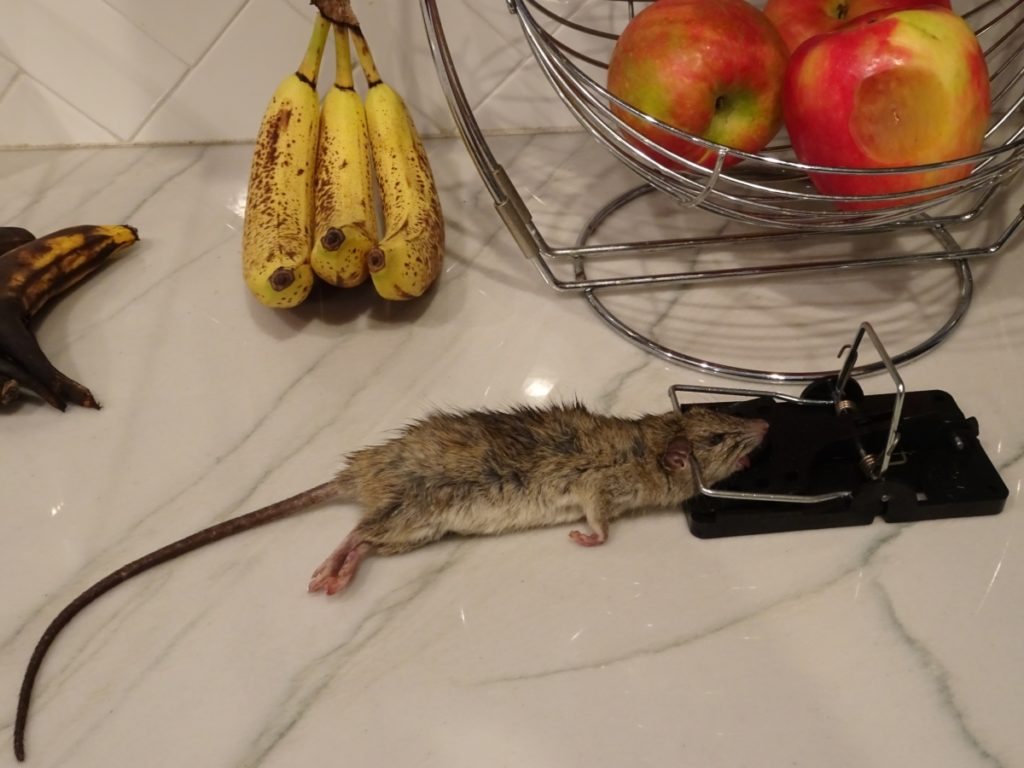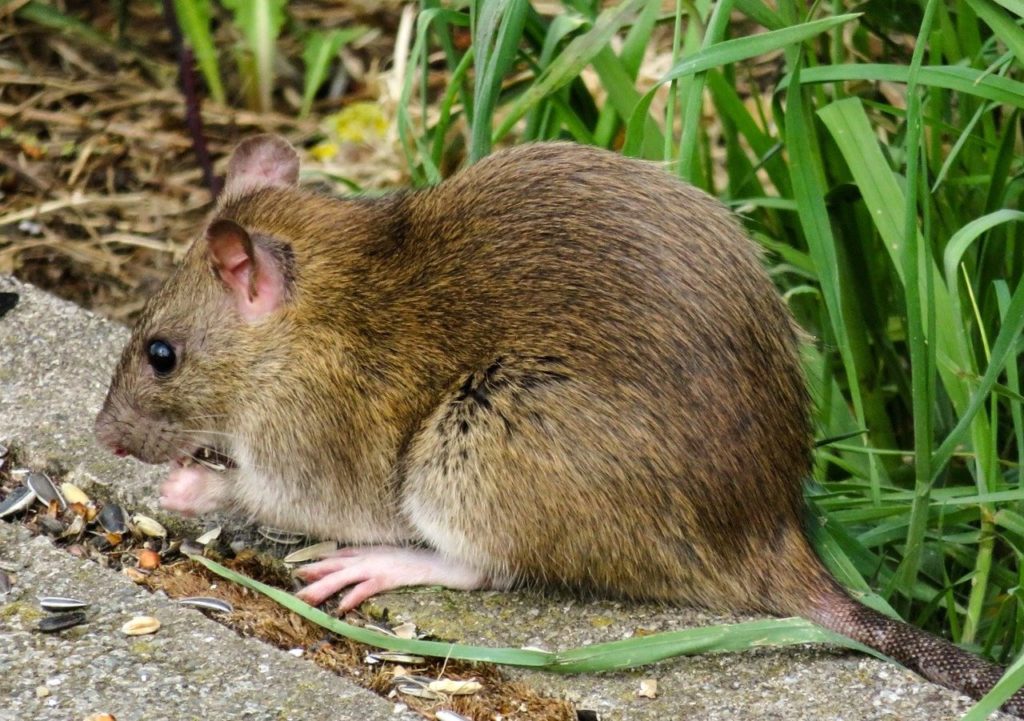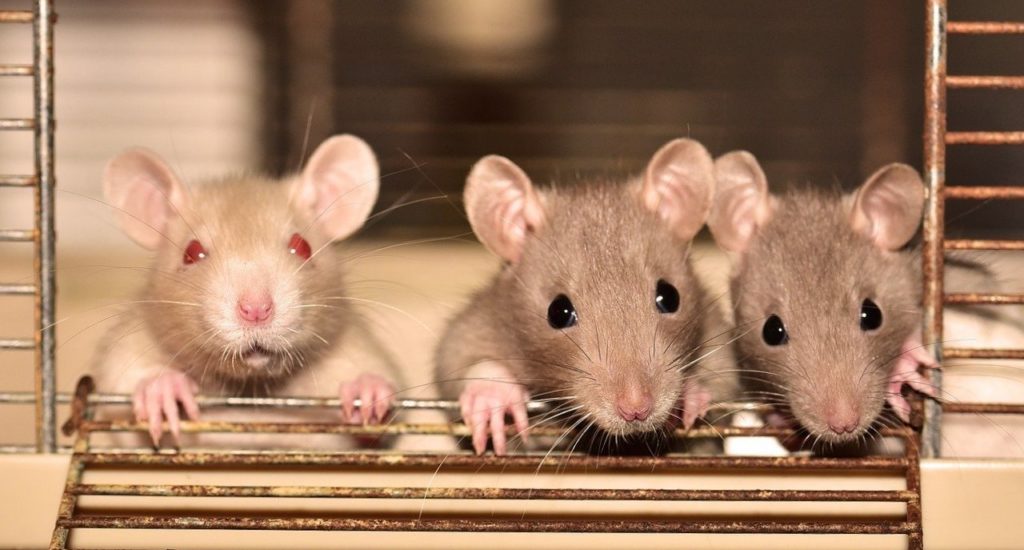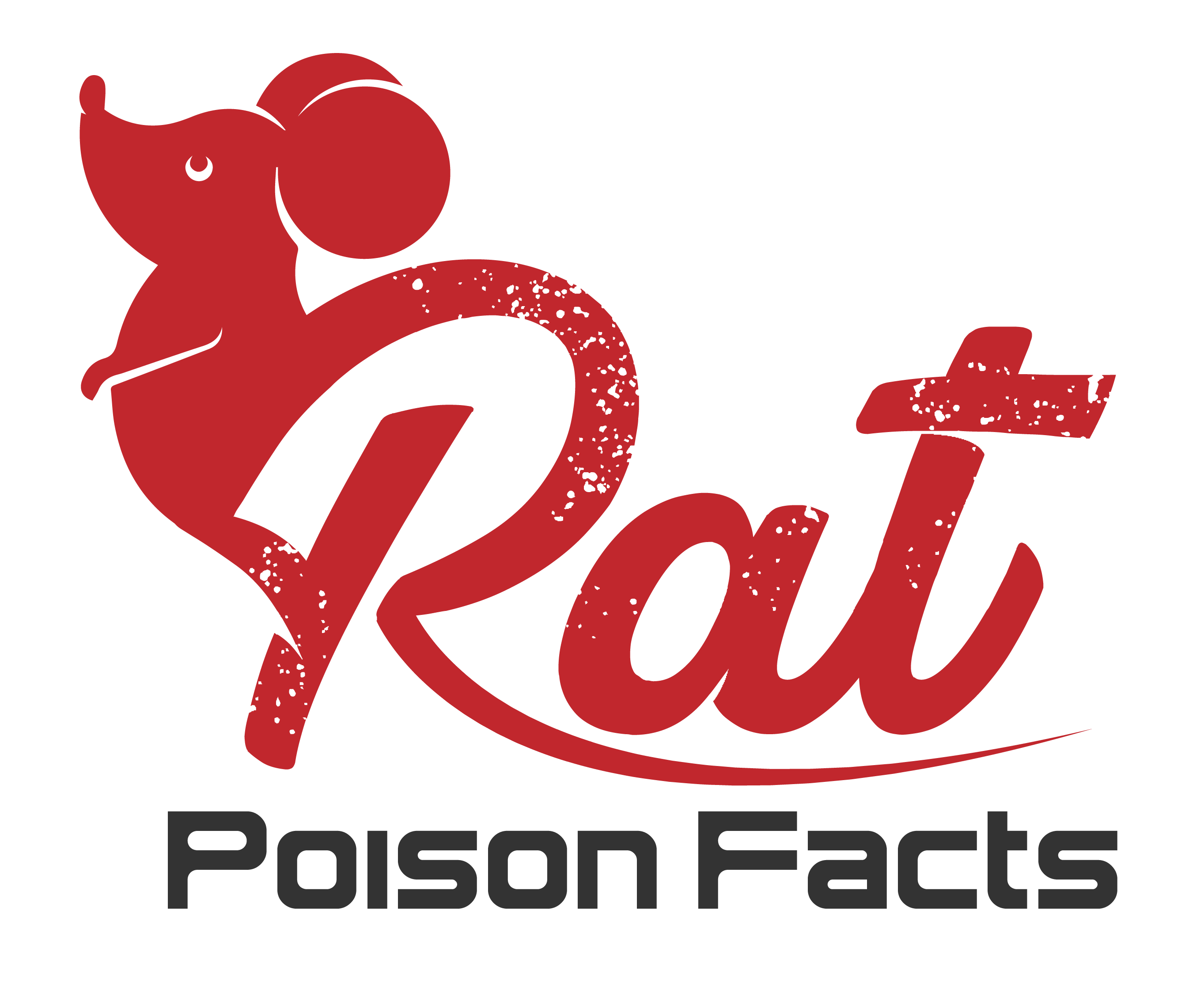
If you are dealing with rats on your property, then you want to do whatever you can to control them. Part of that will be limiting their access to food, as this makes your property less attractive. In order to limit that food, however, you need to understand how rats choose what to eat.
Rats Are Omnivores and Opportunistic

It is important to note that rats are omnivores and can be fairly opportunistic, with their diet varying based on the environment they are in and what food is available. This means that nearly anything that could provide nourishment could be appealing to rats, but there are some caveats to this.
Rats Learn What to Eat from Other Rats

Rats are social creatures and they gain knowledge of what they can eat and what they should avoid from the other rats. There is some scientific evidence that shows rats begin to detect odor-bearing particles while they are still in utero and then will respond to these foods positively once they are born. Those odor-bearing particles are part of their mother’s diet and cross through the placental barrier.
As rats nurse, they get more information about which foods are good to eat. Rats will show a preference later in life for the foods that their mother consumed while she was lactating. This trend of learning from others continues as the young rats wean. Their first solid foods follow the guidance of adults. The young rats will follow adults when they forage and do so in the same areas. Alternatively, the young rats will look for food in areas that other rats previously scent-marked.
Even when rats are adults, they still determine what to eat based on the actions of other rats. They can detect the scent of food on the whiskers, breath, and fur of other rats. They then show a strong preference for these foods that they had smelled on other rats. Some research showed that this may be related to the carbon disulfide which is found in rat breath. That comes from a study that found rats have a strong preference for foods that were swabbed with that compound compared to those without it.
Social Learning Does Not Prevent Poisoning
While the type of social learning that helps rats choose what to eat helps them choose options with relatively low risk, the risks are still there. If a rat smells a poisonous food on another rodent, they will still view it as safe as another rodent had consumed it. Some studies showed that this is even the case if the rodent that carries the scent of the food is dying or sick.
Rats Are Neophobic
When it comes to choosing what to eat, rats are incredibly neophobic. This means that they are hesitant to try new foods. If they have not previously smelled it on another rat and have not tried it themselves, they are unlikely to give it a try.
Rats Learn Food Aversions and Poison Shyness
It is also important to note that rats can learn food aversions and develop poison shyness if they consume something that makes them feel sick. Food aversions occur if a rat tastes a food and feels ill, they will not return and consume more of it. Similarly, they will not eat more of it in the future if they come across it again. This food aversion is essentially poison shyness, as the rodents associate their illness with the new food.
Rats May Eat Based on Pica
Pica is when an animal consumes items that are not food, such as clay. A rat may do this if it feels sick, since the rodents cannot vomit. The clay or other non-food materials may help by diluting the toxin, reducing its effects.
Rats Will Eat Most Things
If you are dealing with rats, the most important thing to remember is that they will eat nearly anything that they can. They enjoy human food, compost, pet food, and even trash. Rats have even been known to eat their fecal matter.
What They Eat in the Wild

If rats are in the wild and not near humans who offer convenient food sources, they will usually eat vegetables, fruits, nuts, seeds, and grains. They will also sometimes eat smaller insects and animals, although they prefer not to have to hunt.
What Rats Eat in Your Yard

Even if you think your yard is nice and clean, rats will likely be able to find plenty of food sources there. They will find grains, seeds, fallen nuts or fruit, pet food, vegetable gardens, garbage, and your compost heap.
What Rats Will Eat Inside Your Home
If the rats do not find the food, shelter, and water they want outside of your home, then they may venture inside. There, there will be some familiar elements of their diet, such as pet food and garbage. They will also eat anything that they can access, including vegetables, rice, oats, and cereal. They may even eat the fats that you failed to clean off your appliances or countertops or the crumbs on your floor.
It is incredibly easy for a rat to break into a cardboard box or flimsy plastic bag to get to your oats and other items.
How to Use this Information to Keep Rats Out
With your knowledge of how rats choose what to eat, you are better equipped to keep them out of your home.
Keep your home completely clean.
Seal food in airtight containers or in the fridge instead of leaving it out on the counter or in flimsy packaging.
Opt for a garbage can that seals tightly.
Do not leave pet food out; instead give it to your pet at a specific time and clean up any spills.
Seal Your Home
Since it is nearly impossible to eliminate every single food source from your home, you should also make sure that there is no way for the rats to get inside. Check your home for cracks or gaps that rodents could fit through and fill them in.

